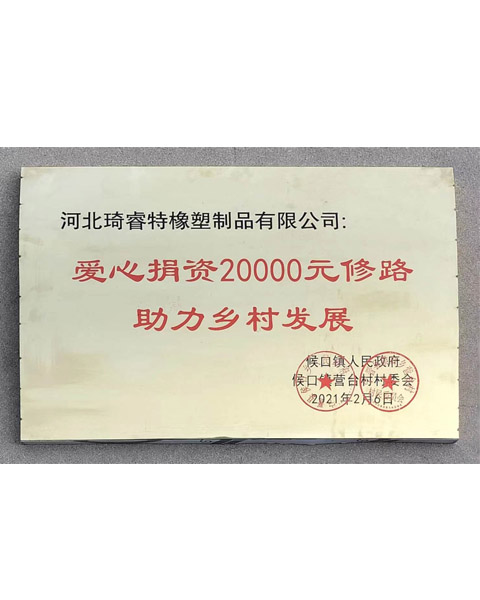Power Steering Hose Support Bracket for Enhanced Engine Performance and Durability
Understanding the Power Steering Hose Bracket Importance and Applications
The power steering system in modern vehicles is a vital component that enhances the driving experience by making steering easier and more responsive. One often-overlooked aspect of this system is the power steering hose bracket. This seemingly simple component plays a crucial role in the overall functionality and reliability of the power steering system.
What is a Power Steering Hose Bracket?
A power steering hose bracket is a small but essential metallic or plastic component designed to secure the power steering hoses to the vehicle’s chassis or other structural components. It typically features pre-drilled holes that allow for easy mounting and positioning of the hoses. The bracket helps to keep the hoses organized, prevents them from rubbing against other components, and reduces the risk of damage due to vibration or road conditions.
Importance of the Power Steering Hose Bracket
1. Prevention of Damage The power steering system is under constant pressure, and the hoses carry fluid that aids in steering. Without proper support from the hose bracket, these hoses could become kinked, pinched, or damaged due to movement or contact with other parts of the engine compartment. This could lead to leaks or complete failure of the power steering system.
2. Improved Safety A secure power steering system is critical for vehicle safety. If a hose were to come loose or fail while driving, it could lead to sudden steering loss, posing a significant risk to the driver and other road users. The hose bracket ensures that everything stays in place, which is crucial for maintaining control over the vehicle.
power steering hose bracket

3. Enhanced Performance Properly mounted hoses contribute to the efficient operation of the power steering system. When hoses are correctly aligned, the flow of hydraulic fluid is optimized, resulting in better responsiveness during steering maneuvers. This performance enhancement can significantly improve overall driving experience.
4. Maintenance and Accessibility Power steering hose brackets make it easier for mechanics and technicians to access hoses for inspection, maintenance, or replacement. A well-organized engine bay allows for quicker diagnostics and reduces repair time, which can save vehicle owners money in the long run.
Applications of Power Steering Hose Brackets
Power steering hose brackets are used across a broad range of applications in both passenger and commercial vehicles. They can be found in cars, trucks, SUVs, and buses, each adapted to fit the specific design of the vehicle's power steering system.
In performance vehicles or off-road applications, specialized brackets may be used to accommodate enhanced power steering systems or to protect hoses from harsh conditions. In such cases, the materials used in the hose bracket—such as reinforced metals or high-quality plastics—are selected for their durability and resistance to wear and tear.
Conclusion
In summary, while the power steering hose bracket may appear to be a minor component, its contribution to the reliability and performance of a vehicle’s steering system is substantial. By securing the hoses, preventing damage, enhancing safety, and facilitating maintenance, the power steering hose bracket ensures that drivers have a safe and enjoyable experience on the road. Whether in everyday passenger vehicles or specialized automotive applications, the significance of this seemingly simple bracket cannot be overstated. As technology advances and automotive designs evolve, the importance of robust and effective components like the power steering hose bracket will only continue to grow, underscoring the need for quality engineering in every aspect of vehicle design.
-
Ultimate Spiral Protection for Hoses & CablesNewsJun.26,2025
-
The Ultimate Quick-Connect Solutions for Every NeedNewsJun.26,2025
-
SAE J1401 Brake Hose: Reliable Choice for Safe BrakingNewsJun.26,2025
-
Reliable J2064 A/C Hoses for Real-World Cooling NeedsNewsJun.26,2025
-
Heavy-Duty Sewer Jetting Hoses Built to LastNewsJun.26,2025
-
Fix Power Steering Tube Leaks Fast – Durable & Affordable SolutionNewsJun.26,2025

